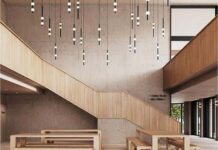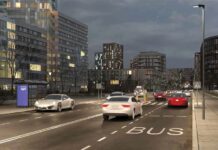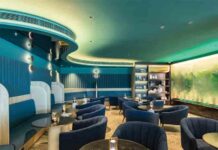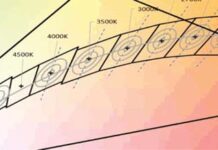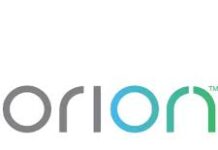
What are the different types of LED fixtures and lighting control product ranges that you offer?
We are a company specializing in commercial lighting solutions. We provide all the fixtures for office lighting as well as retail and shop lighting. Our primary architect was responsible for improving the lighting in retail spaces, such as supermarkets and stores. In essence, the products we sell are for our downlight and track spotlights, as well as some linear lights for our office spaces. Additionally, we are one of the leading Chinese OEM providers in the lighting industry. We have been engaged in OEM manufacturing for years, and are now placing greater emphasis on integrating retail AIOT solutions.
What is your USP? Could you also elaborate on your product Caimeta?
The majority of lighting products on the market simply compete with the structure designs or aluminium walls. However, in our opinion, lighting is more than just lighting. For this reason, we incorporate AI technology into these products. We stand out from the competition thanks to our AI lighting products. Additionally, we have the AI lighting system’s four main features.
The Caimeta system is the name of our AI lighting system. It has four main characteristics. AI colors come first. AI colors allow the color to be automatically changed according to the object. Not by utilizing any of the apps on phone. The training is such that the system is automatic. For instance, in a grocery store, it is not necessary to alter any settings in the apps or any of the fixtures installed in the supermarket if you sell meat on the first day but switch to apples or oranges on the second.

It can change automatically to based on the objects that you are showing on. People can see what is the best status of the per object in shelves. This is the first AI color function. Additionally, the cruise shops’ set makes extensive use of this one. For instance, we could offer the summer lights if you sell to cruise shops during the summer. We offer the warm white, which is quite different from what people feel, if you are sitting in the closest during the winter when it is extremely warm. As a result, people are more inclined to purchase.
The second is for the field of artificial intelligence. This implies that we also integrate motion sensors into the fixtures, for example. Thus, we can also use any saving modes. Therefore, we can turn down the lighting for the products to about 30% if no one is in the stores. That accounts for roughly half of the energy-saving settings. In light of the fact that everyone is discussing energy-saving modes, that is extremely environmentally friendly. As a result, we included these features in our products as well. We therefore dubbed it the AI space function.
The third item is referred to as AIBBS (AI Business Boost System), which means that we also gathered some information for the stores. For instance, we can provide you with two different kinds of data. One is for the People Counting. You can see how many customers enter the stores, how many remain, and how long they stay. We are able to gather this data from our device and photos. We can also provide you the own in time, real time, heat mapping. So, it means that people can see that which area is most popular. So this is what we call AIBBS. It’s the collecting the data by boosting your business.
The fourth component is that we can also give you some of the AISCENE applications. For instance, depending on your status, the office may alter certain aspects of the workspace. For instance, the lights will dim to a specific percentage while you are reading them or watching television. However, it can dim down to 100% dimming if you are leaving and speaking to each party. Then, for any saving measures, simply dim down to 10% if you’re leaving. Thus, we refer to that function as the AISCENE.
In addition to setting the AISCENE function, we also set up certain areas, such as meeting rooms, CEO rooms, and supermarket rooms, for instance. Thus, that is an application for a different scene area.
Furthermore, it is automatic. You do not even need any apps; the only one you need is the one that syncs before you use it. So, we combine four key features in one system to enhance ability of the lining.
What challenges did you encounter while integrating AI into lighting?
The CCT’s physical buttons are what you need to automatically identify objects and provide them with the necessary lighting. (One of the initial challenges was moving beyond traditional CCT control via physical buttons to achieve automatic object recognition and corresponding lighting adjustments.)Therefore, our biggest challenge is figuring out which lights are necessary to have the actual objects.(Our core challenge was determining the optimal lighting conditions for a wide range of real-world objects.)
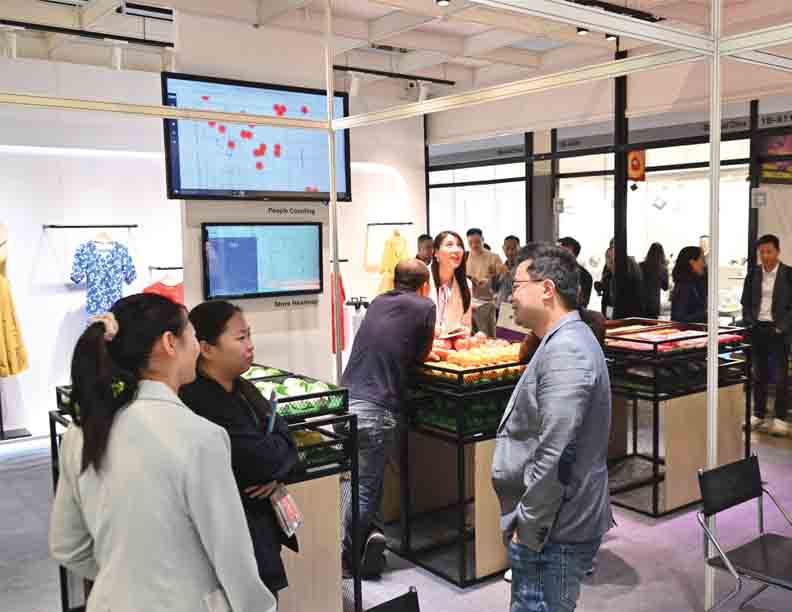
This indicates that we created more than 500 different formulas to simulate the ideal lighting for these objects using AI lighting. Now frequently, let’s use it as an example.
We actually give two different formulas, such as your green shirts and the green apples. Additionally, we’re giving you different materials and formulas inside for the green feathers or other green materials. Therefore, it took us more than two years to create 500 different types of the formula inside, and we continued to create more and more formula inside to suit various applications.
The hardest part, then, is having to strike a balance between the real lights and the special lights. We therefore give you a simulation of the lights in the sun in addition to fake lights. hence, the most difficult task is figuring out how to respond in real life to an object that takes a long time to develop. For this reason, we created global patterns for our entire system in Europe, America, and Australia. As time goes on, the next technology will also be developed in Asia. Thus, global patterns are now protected.
How sustainable are your products, and how do you plan to contribute to green energy target?
One of the things we try to do when we talk about green energy is to change people’s behavior in order to save energy. For instance, we incorporate you with the energy-saving modes in the stores. Now that everyone is talking about it, you should save energy. Making the lumens as high as possible is one method. The second method, however, is to turn on the lights when necessary.
The idea is that we provide light whenever people need it is a very important one. That’s what the energy-saving modes are all about. For instance, in the stores, you have to use full power when someone is present. But they simply dimmed onto a certain percentage if half of the population is pure or if no one is pure.

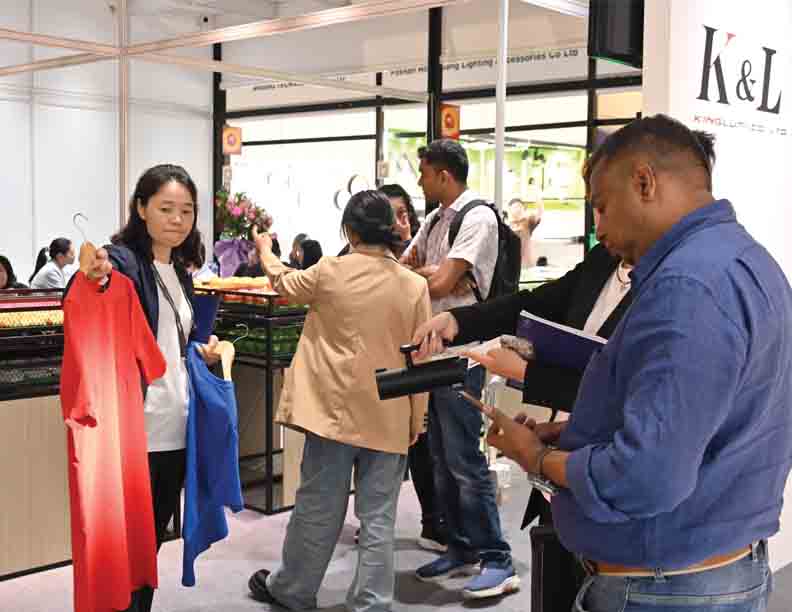
The second method is that, for example, in office spaces, if someone is holding a meeting, they grant you complete authority. However, you simply give yourself 20% of the lights if someone is simply leaving. This one is entirely controlled by automatic means. Thus, that is what we do to help the environment. Waste it by turning down the lights. Give you lights only when you need them.
How do you plan to expand more in Asia, or in India Specifically?
Our primary market, which accounts for around 80% of our market, was North America and Europe. In fact, we perform fairly well in the Austrian markets for the Adidas Stores. However, we are beginning to speak with some of our agents or distributors in the Asian markets, particularly those in India.

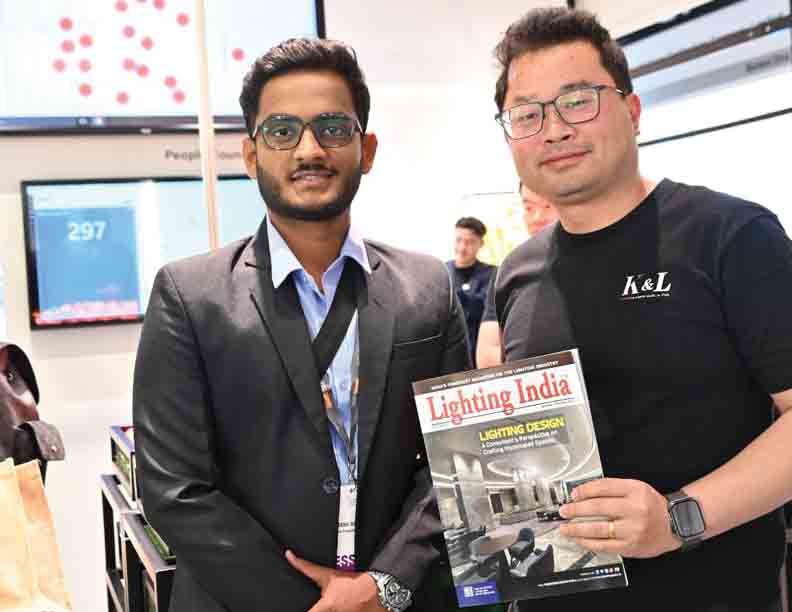
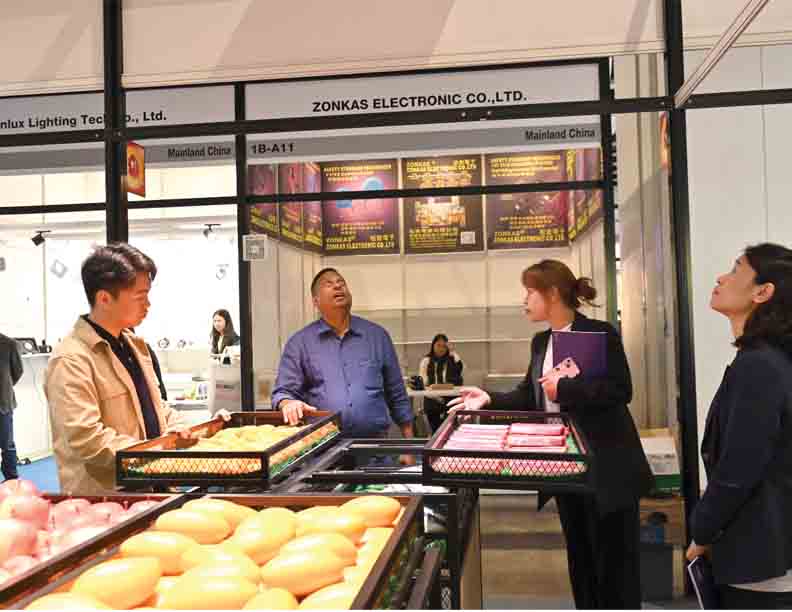
They have already attempted to integrate some of our AI into actual stores. To be honest, though, it had only just begun. However, more and more people are realizing the potential of AI lighting in retail settings, such as supermarkets and shuttered stores. And I think that in the not-too-distant future, you will see some stores in India that have artificial intelligence lighting. Numerous large Indian companies have already begun testing all our AI samples.
How has been your experience so far in the HKTDC fair 2025? What are your key takeaways of this year’s edition?
For a considerable amount of time, Kinglumi has been taking part in the lighting fairs. Kinglumi is where I joined about fourteen years ago.
In 2005, when the company was just getting started, we began to take part in this failure. Actually, this was the first time we went to the spring editions. However, in order to expand our impressions, we went to a lot of fairs this year. Our goal is to make our AI lighting available everywhere. Therefore, one of the most significant fairs we attended was the spring edition of the Hong Kong Lighting Fair.
Customers from all over the world will travel to Hong Kong to visit. As a result, we already gain from the alternate editions, but we also hope to introduce our technology globally in the spring. Therefore, even the first day of the field, we drew a lot of people to our booth, and we were sincere in our efforts to advance our AI technology. Therefore, we believe that it was a great time to participate in the Hong Kong lighting fair, both in the spring and autumn editions.



